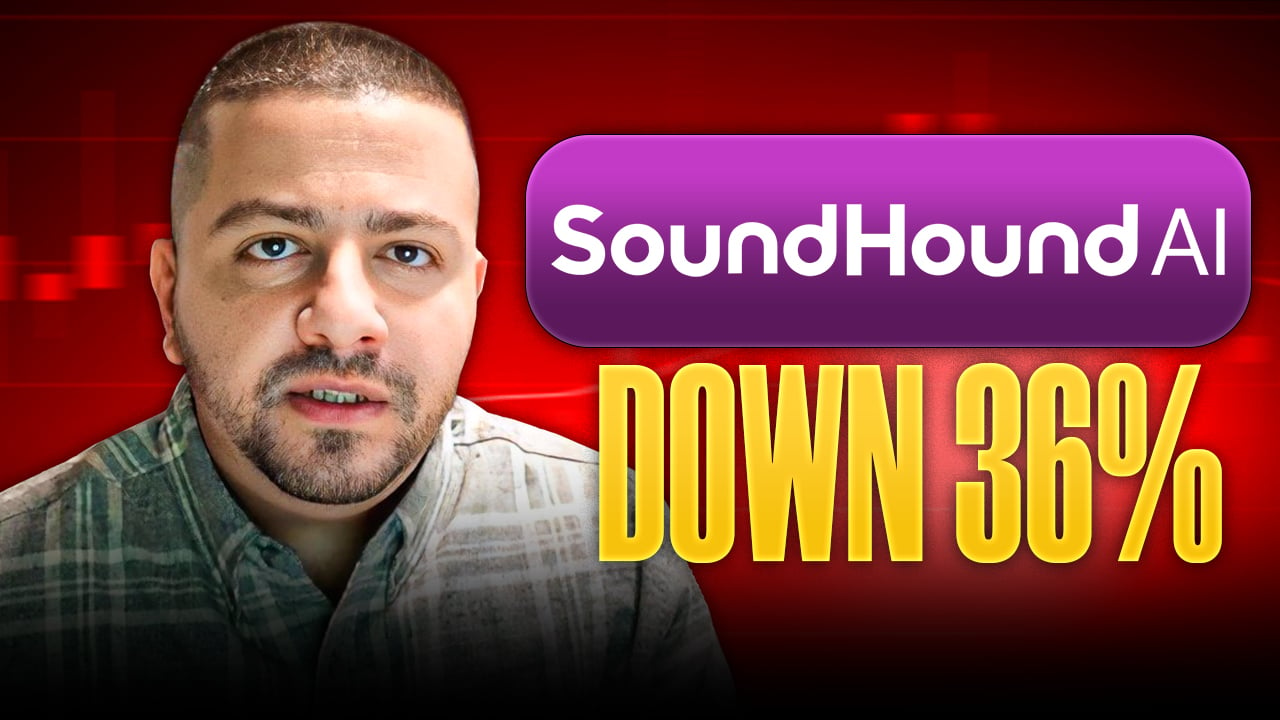You'll be hard-pressed to find a stock that's posting growth figures like SoundHound AI (SOUN 3.15%) stock. In the first quarter, it delivered jaw-dropping 151% year-over-year growth.
Despite this strong growth, the stock is down nearly 50% year to date, and it hasn't seen near the recovery that many tech stocks have enjoyed in recent weeks. So, is SoundHound AI ready to soar over the next few months?

Image source: Getty Images.
SoundHound AI's product line spans multiple industries
SoundHound AI provides audio recognition technology to its clients and allows them to integrate with large language models (LLMs), which power generative AI. This is a key integration, as generative AI models usually interact with text input from a keyboard rather than a voice prompt. However, there are several situations where typing something in would be far easier than just using your voice, which is why SoundHound is growing so rapidly.
SoundHound AI's technology has been deployed in the restaurant space (online order taking and drive-thrus) and in in-vehicle digital assistants. It also offers products in multiple other industries, giving SoundHound a broad customer base to grow with.

NASDAQ: SOUN
Key Data Points
Although SoundHound posted an incredible 151% growth in Q1, it's expected to deliver strong growth for the full year. Revenue is expected to be in the $157 million to $177 million range, indicating 97% growth at the midpoint.
Although it's currently unprofitable, it expects to achieve profitability on the basis of adjusted earnings before interest, taxes, depreciation, and amortization (EBITDA) by the end of 2025. While this isn't traditional profitability, it is a great milestone toward becoming a fully profitable business, and it shows investors that it's on the right track.
Those all seem like incredibly bullish reasons for the stock, making it primed to soar. But there's one factor that could be limiting SoundHound AI's upside.
SoundHound AI's stock is far from cheap
The price you pay for a stock matters, and investors must realize that just because SoundHound's stock trades for around $11 doesn't mean it's a cheap stock. Instead, investors would be better off looking at how much money one has to pay for the revenue or profits a company brings in the door.
Because SoundHound AI isn't profitable, we'll have to value it based on its revenue. The price-to-sales (P/S) ratio will give us a better idea of how expensive SoundHound AI's stock is.
SOUN PS Ratio data by YCharts
At 41 times sales, SoundHound AI's stock is expensive from a traditional viewpoint. Most software stocks trade between 10 and 20 times sales, with 20 times sales being reserved for stocks that are executing at a high level and are growing rapidly.
However, we've already established that SoundHound AI is growing at a pace far quicker than most software companies and excelling at a very high level. This likely accounts for the much higher premium SoundHound AI is receiving.
Furthermore, if SoundHound AI delivers on its estimate to about double its revenue in 2025, its P/S ratio will drop to about 20 if its stock price stays flat over the rest of the year. If SoundHound AI puts up rapid growth again in 2026, the stock could be a great buy here. If it doesn't deliver rapid growth in 2026, it will likely just be considered an expensive stock.
Interestingly, not many Wall Street analysts follow SoundHound AI's stock, and their current-year revenue projections are far lower than management projects, so it's unclear how accurate these projections are.
SoundHound AI could be primed to soar if it continues delivering strong quarters, but any slip-up could cause the stock to crash. This makes SoundHound AI a high-risk, high-reward stock. If you choose to take a position in the business, make sure that it's a small portion (say, 1% of portfolio value). That way, you can benefit from the rise but aren't hurt if the stock crashes.






